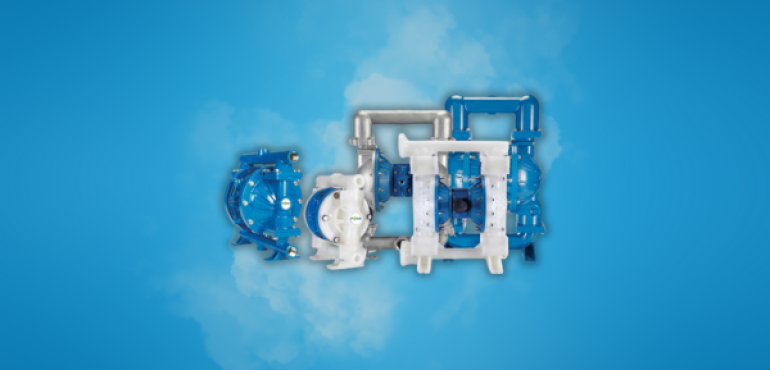How to choose a diaphragm pump?

How to Choose Your Membrane Pump?
The choice of a membrane pump directly impacts the efficiency of your pumping systems. Whether for industrial applications or the transfer of specific fluids, it is important to consider several factors. Here are six essential points to consider when selecting the right membrane pump for your needs.
1. Flow Rate and Pressure
Start by checking the flow rate and pressure of the pump. The flow rate indicates the amount of fluid displaced per minute, while the pressure measures the force required for transport. Ensure that the selected pump meets the required flow rate while supporting the pressure needed for your application. For example, the PHA-PM50 Membrane Pump offers a flow rate of up to 60 liters per minute with a pressure of 5 bars, ensuring consistent performance.
2. Type of Fluid to Pump
Identify the type of fluid you will be transferring, as this determines the membrane pump model to choose. Some pumps are better suited for corrosive, viscous, or particle-laden liquids. For example, the PHA-PM100 Membrane Pump is designed to handle viscous fluids while avoiding compatibility issues.
3. Viscosity and Density
The viscosity and density of the fluid play a key role in choosing your pump. High-viscosity fluids require special pumps capable of operating without obstruction. For applications with highly viscous fluids, the PHA-PM150 Membrane Pump may be effective, offering optimal performance under challenging conditions.
4. Operating Environment
Consider the operating conditions of the pump, such as temperature, humidity, and the presence of contaminants. For aggressive environments, prioritize robust models resistant to shocks and vibrations. The PHA-PM200 Membrane Pump features a reinforced casing, making it ideal for harsh conditions.
5. Power Source
Examine the power source of the pump. Models can be electric or pneumatic, and your choice will depend on available resources. For example, if the environment requires enhanced safety, a pneumatic pump such as the PHA-PM250 Membrane Pump may be appropriate, while an electric model like the PHA-PM300 is better suited for precise control and energy efficiency.
6. Certification Type
Finally, check the safety certifications of the pump, especially for hazardous environments. Pumps intended for these environments must comply with ATEX (Explosive Atmospheres) standards. For example, the PHA-PM400 Membrane Pump is ATEX certified, ensuring safety and regulatory compliance.


Comments : 0